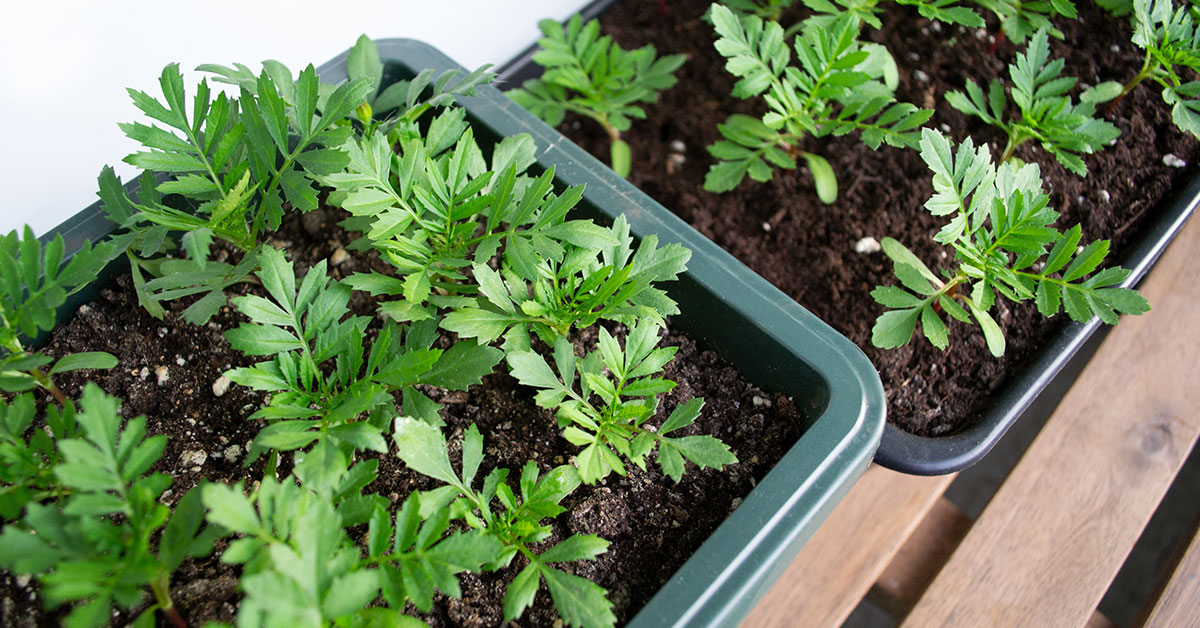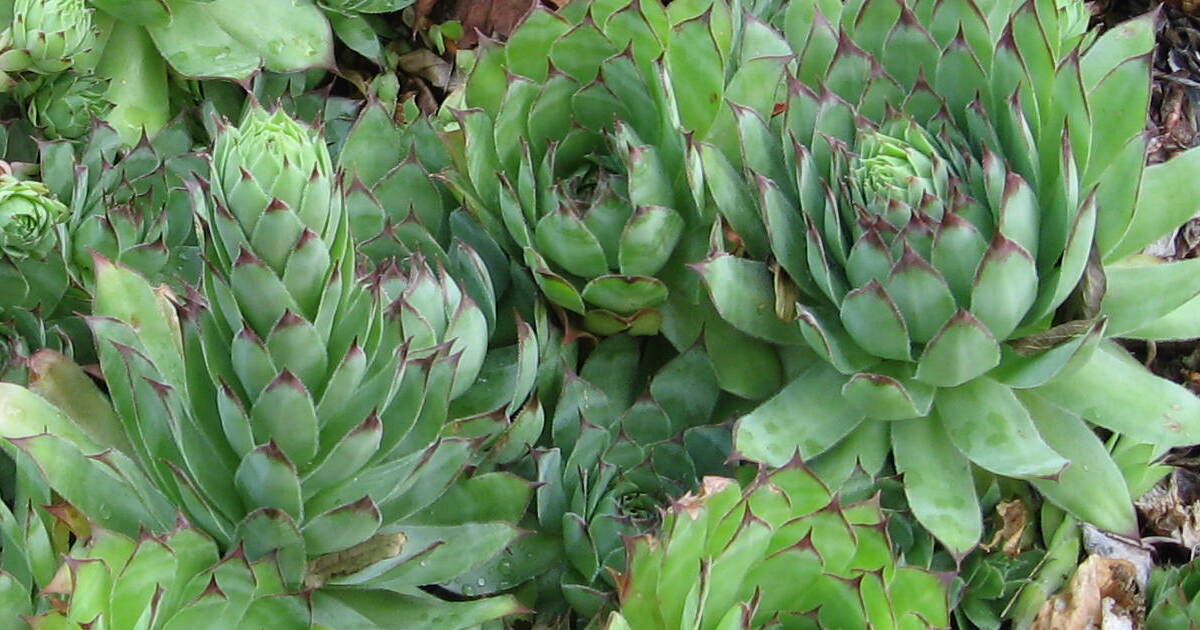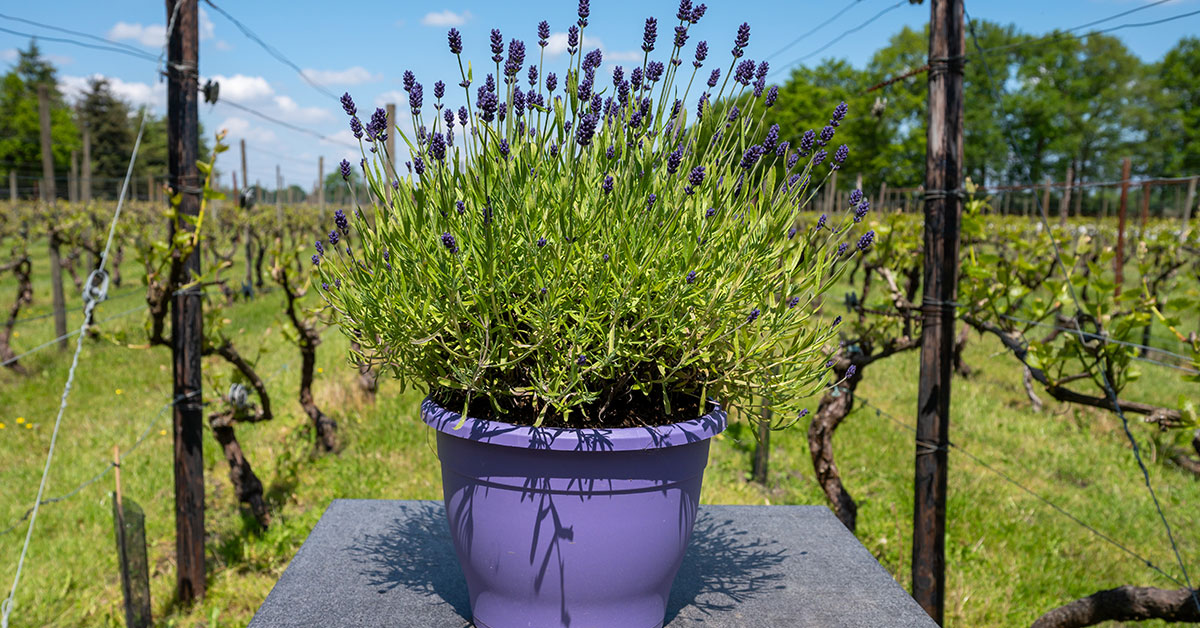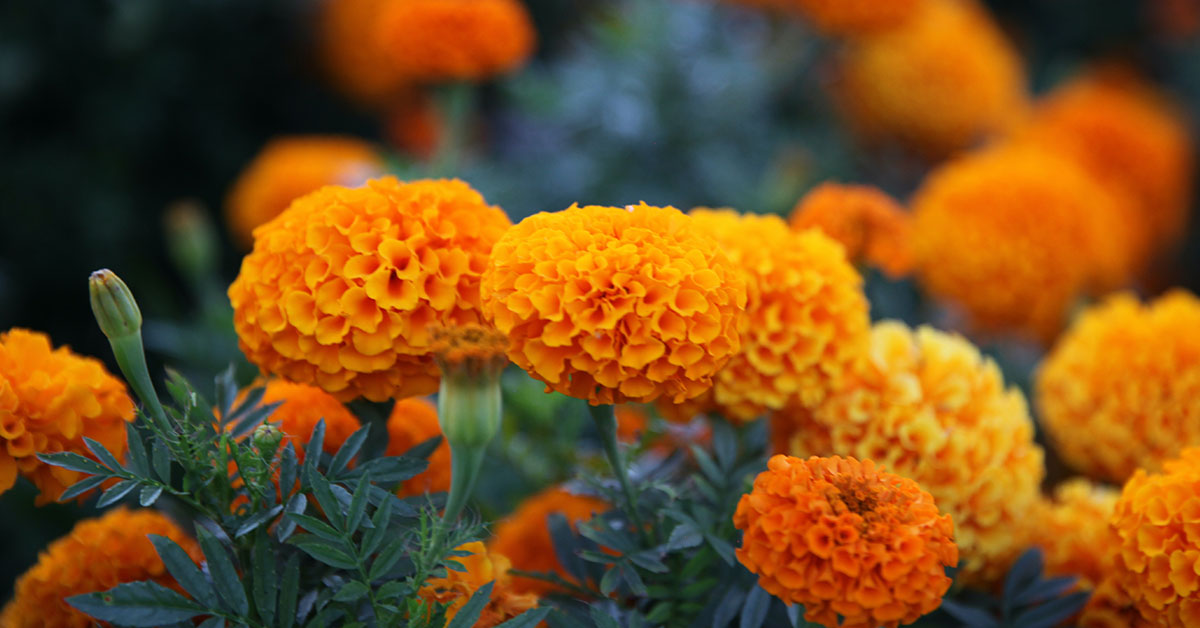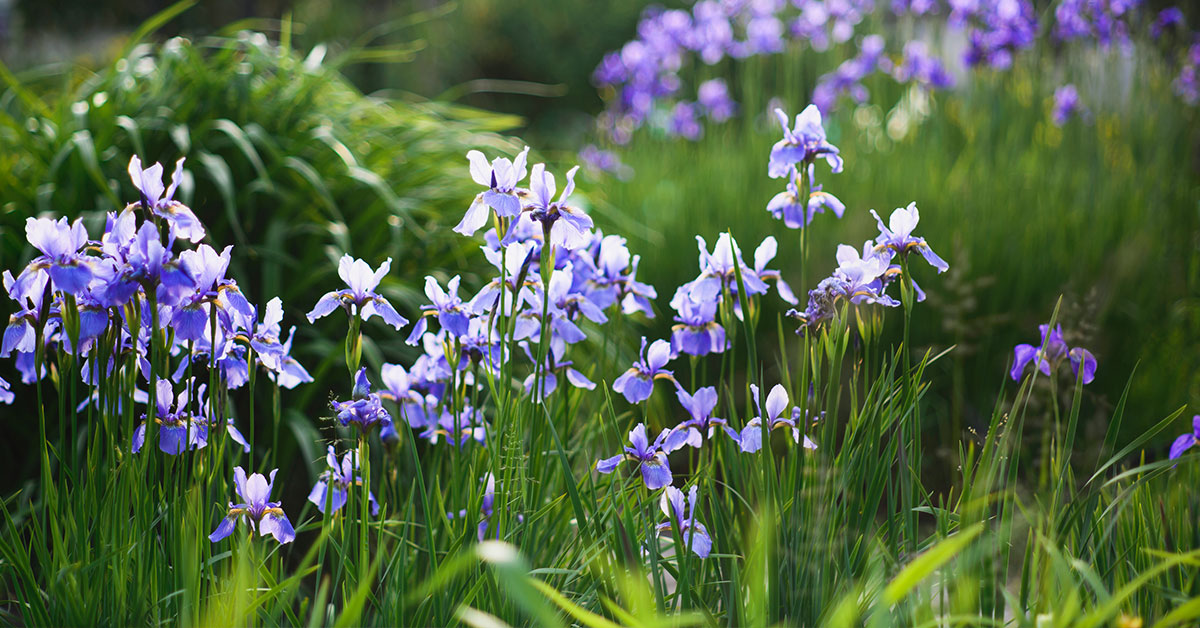Welcome to the world of Safari Marigolds! If you’re looking to add a burst of vibrant color and a touch of exotic beauty to your garden or indoor space, then these stunning flowers are the perfect choice. Safari Marigolds, also known as Tagetes erecta, are a popular variety of marigolds that originate from Africa.
With their large, showy blooms and rich, warm hues, they are sure to captivate the attention of any observer. Whether you’re a seasoned gardener or just starting out, this article will guide you through the process of growing Safari Marigolds, from selecting the right location and soil to providing the necessary care and maintenance. Get ready to embark on a delightful journey of cultivating these magnificent flowers and transforming your space into a vibrant oasis.
What is a Safari Marigold?
The Safari Marigold, also known as Tagetes patula ‘Safari’, is a popular variety of marigold that is commonly grown as an annual flower. It is known for its compact size, vibrant colors, and long-lasting blooms. The Safari Marigold typically grows to a height of 8-12 inches (20-30 cm) and spreads about 6-8 inches (15-20 cm) wide. Its foliage is dark green and finely divided, giving it a delicate appearance. The flowers are the main attraction of this plant, and they come in a range of bright and cheerful colors, including yellow, orange, gold, and mahogany.
The blooms are small to medium-sized, with a daisy-like shape and a double or semi-double form. One of the notable features of Safari Marigolds is their extended blooming period, which typically lasts from late spring to the first frost in autumn. This makes them a great choice for adding color to your garden or containers throughout the growing season. The flowers also have a pleasant fragrance, which can be an added bonus.
Safari Marigolds are relatively easy to grow and are well-suited for both garden beds and containers. They prefer full sun exposure, meaning they need at least 6 hours of direct sunlight each day. These marigolds are also known for their tolerance to heat and drought, making them a great choice for hot and dry climates. To grow Safari Marigolds, sow the seeds directly into well-draining soil after the last frost date in your area.
Keep the soil consistently moist until the seeds germinate, which usually takes about 7-14 days. Once the plants are established, they require minimal care. Regular deadheading (removing spent flowers) can help promote continuous blooming. Overall, Safari Marigolds are a fantastic choice for adding vibrant colors and a touch of cheerfulness to your garden or indoor space. Their compact size, extended blooming period, and easy care requirements make them a popular choice among gardeners and flower enthusiasts alike.
Where is the Safari Marigold native?
The Safari Marigold (Tagetes patula ‘Safari’) is a cultivar of the common marigold, which is native to Mexico and Central America. However, since the Safari Marigold is a cultivated variety, it is not considered invasive in most regions.
Invasive plants are those that aggressively spread and outcompete native vegetation, causing harm to the local ecosystem. While marigolds can self-seed and spread in some cases, the Safari Marigold is generally well-behaved and does not pose a significant invasive threat.
That being said, it is always a good practice to monitor any plant’s growth and prevent it from escaping cultivated areas. Regular deadheading (removing spent flowers) can help prevent self-seeding and keep the plant contained.
How to grow Safari Marigolds indoors
Safari Marigold (Tagetes patula) is a beautiful and vibrant flowering plant that can be grown indoors. Here is a care guide to help you successfully grow Safari Marigold indoors:
- Light requirements: Safari Marigolds thrive in bright, indirect sunlight. Place your plant near a south or west-facing window where it can receive at least 6-8 hours of sunlight per day. If natural light is limited, you can supplement with fluorescent grow lights placed 6-12 inches above the plant.
- Temperature: Safari Marigolds prefer temperatures between 65-75°F (18-24°C). Avoid placing them in drafty areas or near heating or cooling vents, as extreme temperature fluctuations can stress the plant.
- Watering: Keep the soil consistently moist but not waterlogged. Water your Safari Marigold when the top inch of soil feels dry. Water thoroughly until water drains out of the bottom of the pot, and discard any excess water to prevent root rot. Avoid letting the plant sit in standing water.
- Humidity: Safari Marigolds prefer moderate humidity levels. If the air in your home is dry, you can increase humidity by placing a tray filled with water near the plant or using a humidifier.
- Soil: Use a well-draining potting mix that is rich in organic matter. A mix of equal parts peat moss, perlite, and vermiculite or a commercial potting mix for flowering plants will work well.
- Fertilizer: Feed your Safari Marigold every 2-4 weeks during the growing season (spring and summer) with a balanced, water-soluble fertilizer. Follow the instructions on the fertilizer package for the correct dosage. Avoid over-fertilizing, as it can lead to leggy growth and fewer flowers.
- Pruning: Pinch back the tips of your Safari Marigold regularly to encourage bushier growth and more blooms. This can be done by using your fingers or sharp, clean pruning shears. Remove any dead or yellowing leaves to maintain the plant’s overall health.
- Pests and diseases: Safari Marigolds are generally resistant to pests and diseases. However, keep an eye out for common houseplant pests like aphids, spider mites, and whiteflies. If you notice any infestations, treat them with an appropriate organic insecticide or insecticidal soap.
- Propagation: Safari Marigolds can be propagated from seeds or stem cuttings. If you want to grow them from seeds, sow them in a seed-starting mix and keep them in a warm, well-lit area until they germinate. For stem cuttings, take 3-4 inch cuttings from healthy plants, remove the lower leaves, and place them in a moist potting mix. Keep the cuttings warm and humid until they develop roots.
- Blooming and deadheading: Safari Marigolds produce vibrant flowers in various colors. Deadhead the spent blooms regularly to encourage continuous blooming and prevent seed production. This will redirect the plant’s energy towards producing new flowers.
By following these care guidelines, you can enjoy the beauty of Safari Marigold indoors. Remember to observe your plant closely and make adjustments to the care routine as needed. Happy gardening!
How to grow Safari Marigolds outdoors
Safari Marigolds are beautiful and vibrant flowers that can add a splash of color to any outdoor garden. Here is a care guide to help you successfully grow Safari Marigolds outdoors:
- Location: Choose a sunny spot in your garden that receives at least 6-8 hours of direct sunlight daily. Marigolds thrive in full sun and require this amount of light to grow and bloom properly.
- Soil: Marigolds prefer well-draining soil that is rich in organic matter. Before planting, amend the soil with compost or well-rotted manure to improve its fertility and drainage. Avoid heavy clay soils that tend to retain water.
- Planting: Start by preparing the soil by removing any weeds or debris. Dig a hole that is slightly larger than the root ball of the plant. Place the Safari Marigold in the hole, ensuring that the top of the root ball is level with or slightly above the soil surface. Space the plants about 8-12 inches apart to allow for proper air circulation.
- Watering: Water the plants thoroughly after planting to settle the soil around the roots. Afterward, water the Marigolds regularly, keeping the soil evenly moist but not waterlogged. Avoid overwatering, as it can lead to root rot. Water deeply once or twice a week, depending on the weather conditions and the moisture needs of the plant.
- Fertilizing: Marigolds are not heavy feeders, but they benefit from a balanced fertilizer application. Use a slow-release granular fertilizer or a liquid fertilizer diluted to half strength every 4-6 weeks during the growing season. Follow the package instructions for proper dosage.
- Mulching: Apply a layer of organic mulch around the base of the plants to help retain moisture, suppress weed growth, and regulate soil temperature. Mulching also adds nutrients to the soil as it breaks down over time. Keep the mulch a few inches away from the stems to prevent rot.
- Deadheading: To encourage continuous blooming, remove spent flowers regularly. Pinch or cut off the faded blooms just above a leaf node or where the stem meets another stem. Deadheading prevents the plant from diverting energy into seed production and promotes the growth of new flowers.
- Pests and diseases: Safari Marigolds are generally resistant to many pests and diseases. However, keep an eye out for common garden pests like aphids, spider mites, and slugs. If necessary, treat with organic insecticides or use natural pest control methods to keep them at bay.
- Winter care: In areas with frost or freezing temperatures, Marigolds are typically grown as annuals. However, if you live in a mild climate, you can treat them as perennials. Cut back the plants after they finish blooming and cover them with a layer of mulch to protect the roots from cold temperatures.
By following these care guidelines, you can enjoy a beautiful display of Safari Marigolds in your outdoor garden. Happy gardening!
How to grow Safari Marigolds in pots
Safari Marigold (Tagetes patula) is a beautiful and vibrant flowering plant that can be easily grown in pots. Here is a care guide to help you successfully grow Safari Marigolds:
- Select the right pot: Choose a pot that is at least 6-8 inches deep with drainage holes at the bottom. This will ensure proper water drainage and prevent waterlogging.
- Soil requirements: Use well-draining soil that is rich in organic matter. A mix of garden soil, compost, and perlite or sand works well. Avoid using heavy clay soils as they can retain too much moisture.
- Sunlight: Safari Marigolds thrive in full sunlight. Place the pots in a location that receives at least 6-8 hours of direct sunlight each day. If growing indoors, place them near a south-facing window or use grow lights.
- Watering: Water the plants thoroughly when the top inch of soil feels dry. Avoid overwatering as it can lead to root rot. Ensure that the pot has good drainage to prevent waterlogged soil.
- Fertilization: Feed the Safari Marigolds with a balanced, water-soluble fertilizer every two weeks during the growing season (spring and summer). Follow the instructions on the fertilizer packaging for the correct dosage.
- Deadheading: Regularly remove faded flowers by pinching them off at the base. This process, known as deadheading, encourages the plant to produce more blooms and extends the flowering period.
- Pests and diseases: Safari Marigolds are generally resistant to pests and diseases. However, keep an eye out for common garden pests like aphids, spider mites, and whiteflies. If necessary, use organic insecticidal soap or neem oil to control them.
- Pinching and pruning: To encourage bushier growth, pinch off the top inch of the plant when it reaches a height of 4-6 inches. This will promote branching and result in more flowers.
- Overwintering: Safari Marigolds are annual plants, but you can collect seeds from spent flowers to grow new plants the following year. Alternatively, you can bring potted plants indoors before the first frost and place them in a cool, well-lit area to overwinter.
- Companion planting: Marigolds are known to repel certain pests like aphids and nematodes. Consider planting them alongside vegetables like tomatoes, peppers, and eggplants to help deter pests naturally.
Remember to monitor your plants regularly for any signs of stress, pests, or diseases. With proper care and attention, Safari Marigolds will reward you with a profusion of colorful blooms throughout the growing season.
When does a Safari Marigold bloom?
Safari Marigold (Tagetes patula ‘Safari’) is a popular variety of marigold known for its vibrant and long-lasting blooms. Typically, Safari Marigold starts blooming in mid to late summer and continues to flower until the first frost in autumn. The exact timing of blooming can vary depending on various factors such as the climate, growing conditions, and the specific planting location. However, with proper care and favorable conditions, you can expect to enjoy the colorful blooms of Safari Marigold for several months during the summer season.
Propagation guide for Safari Marigolds
To propagate Safari Marigold, you have a few options:
- Seeds: Collect the seeds from mature Safari Marigold flowers. Allow the flower heads to dry out completely on the plant. Once dry, gently remove the seeds and store them in a cool, dry place. In early spring, sow the seeds indoors in seed trays or pots filled with well-draining potting soil. Cover the seeds lightly with soil and keep them moist. Place the trays in a warm location with indirect sunlight. Once the seedlings have grown a few inches tall, transplant them into individual pots or directly into the garden.
- Stem Cuttings: Take stem cuttings from a healthy Safari Marigold plant during the growing season. Choose a non-flowering stem and cut it just below a leaf node. Remove the lower leaves, leaving only a few at the top. Dip the cut end in rooting hormone powder to encourage root development. Plant the cutting in a small pot filled with a well-draining potting mix. Keep the soil moist and place the pot in a warm, bright location, but avoid direct sunlight. After a few weeks, roots should develop, and you can transplant the cutting into a larger pot or the garden.
- Division: If you have an established Safari Marigold plant, you can propagate it through division. Carefully dig up the plant and separate the clumps into smaller sections, ensuring each section has some roots attached. Replant the divisions in pots or directly in the garden, making sure to water them well. Divisions are best done in early spring or fall when the plant is not actively blooming.
Remember to provide your propagated Safari Marigold plants with proper care, including regular watering, well-draining soil, and adequate sunlight to ensure their healthy growth.
Common pests and diseases
The Safari Marigold, also known as Tagetes patula ‘Safari’, is a popular variety of marigold known for its compact size and vibrant flowers. While it is generally a hardy plant, it can still be susceptible to certain pests and diseases. Here are some common issues that may affect Safari Marigolds:
- Aphids: These small, soft-bodied insects feed on the sap of the plant, causing stunted growth and distorted leaves. They can be controlled by spraying the plant with a strong stream of water or by using insecticidal soap.
- Spider mites: These tiny pests can cause yellowing leaves, webbing, and overall decline in the plant’s health. Regularly misting the plant and keeping the humidity high can help prevent spider mite infestations. If an infestation occurs, insecticidal soap or neem oil can be used.
- Whiteflies: These small, white insects can be found on the undersides of leaves and can cause yellowing, wilting, and leaf drop. Yellow sticky traps can help control their population, and insecticidal soap or neem oil can be used if necessary.
- Powdery mildew: This fungal disease appears as a white, powdery coating on the leaves, stems, and flowers. It thrives in humid conditions and can be prevented by providing good air circulation and avoiding overhead watering. Fungicidal sprays may be necessary to control severe infections.
- Botrytis blight: Also known as gray mold, this fungal disease causes brown spots, wilting, and decay of the flowers and foliage. It thrives in cool, damp conditions. To prevent it, avoid overwatering and overcrowding of plants. Infected plant parts should be removed and destroyed.
It’s important to regularly inspect your Safari Marigold for any signs of pests or diseases and take appropriate action promptly to prevent further damage.
Facts about Safari Marigolds
The Safari Marigold, also known as Tagetes patula, is a popular and vibrant flowering plant that is commonly grown in gardens and used for decorative purposes. Here are some interesting facts about Safari Marigold:
- Compact and bushy: Safari Marigolds are known for their compact and bushy growth habit, making them ideal for containers, borders, and edging in gardens.
- Colorful blooms: These marigolds produce an abundance of vibrant, eye-catching flowers in shades of yellow, orange, and red. The blooms are typically double or semi-double, adding to their visual appeal.
- Long blooming period: Safari Marigolds have an extended blooming period, often lasting from spring until the first frost. This makes them a great choice for adding continuous color to your garden throughout the growing season.
- Attracts beneficial insects: The bright colors and strong fragrance of Safari Marigolds attract beneficial insects like bees and butterflies, which can help with pollination in your garden.
- Pest repellent properties: Marigolds, including Safari Marigolds, have natural pest-repellent properties. Their strong scent helps deter pests like aphids, whiteflies, and nematodes, making them a useful companion plant in vegetable gardens.
- Easy to grow: Safari Marigolds are relatively easy to grow, making them suitable for both beginner and experienced gardeners. They are tolerant of a wide range of soil conditions and can handle full sun to partial shade.
- Low maintenance: These marigolds require minimal care once established. Regular watering, occasional deadheading of spent blooms, and light fertilization are usually sufficient to keep them healthy and blooming.
- Edible flowers: While not commonly consumed, Safari Marigold flowers are edible and can be used as a garnish in salads or to add color to various dishes. However, it’s important to ensure that the flowers are grown organically and have not been treated with any chemicals.
- Medicinal uses: Marigolds, including Safari Marigolds, have been used in traditional medicine for their potential anti-inflammatory and antiseptic properties. They are often used in herbal remedies and topical ointments.
- Cultural significance: Marigolds, including Safari Marigolds, hold cultural significance in various parts of the world. They are commonly used in religious ceremonies, festivals, and celebrations, symbolizing joy, happiness, and good fortune.
Remember to always check specific care instructions for the Safari Marigold variety you have, as different cultivars may have slightly different requirements.


